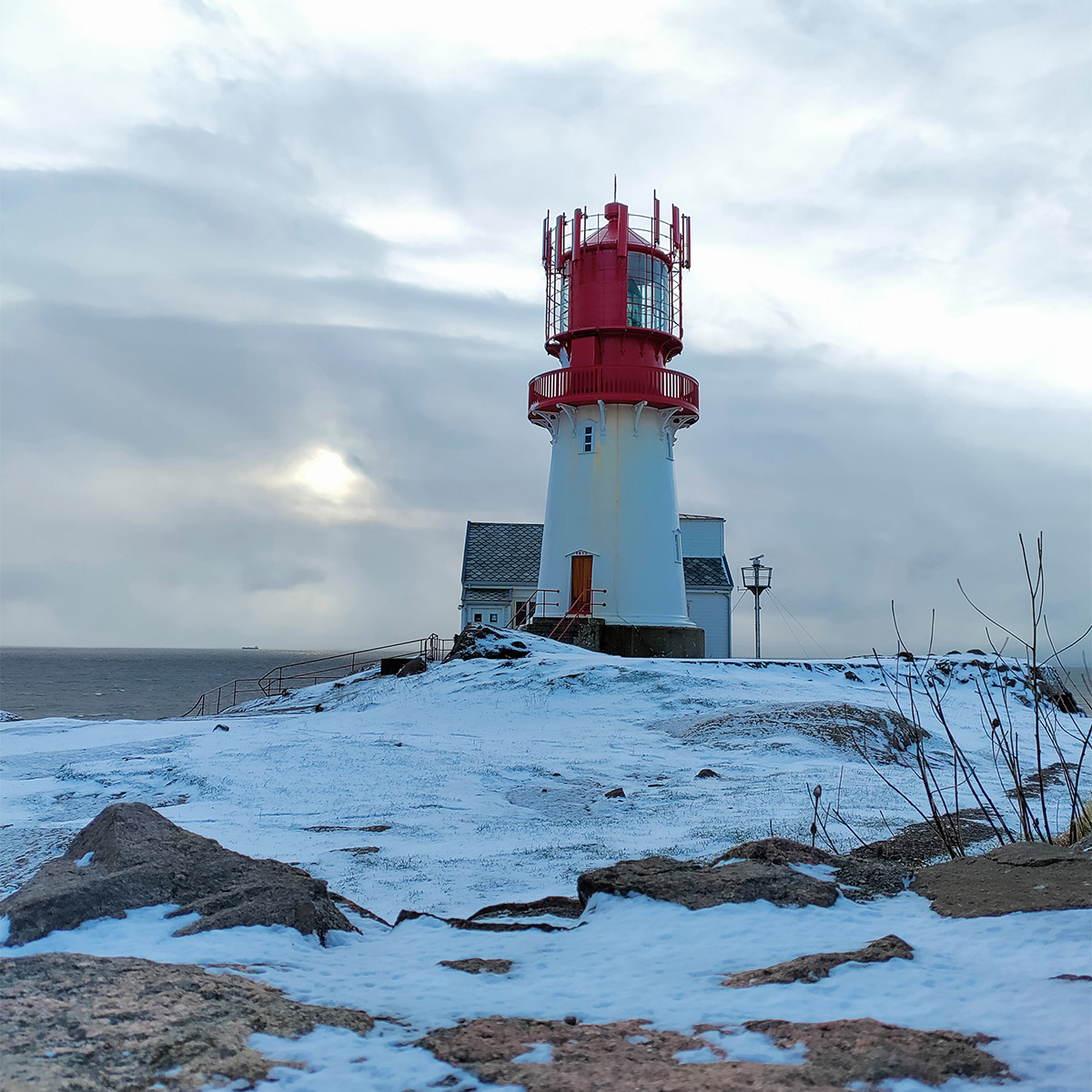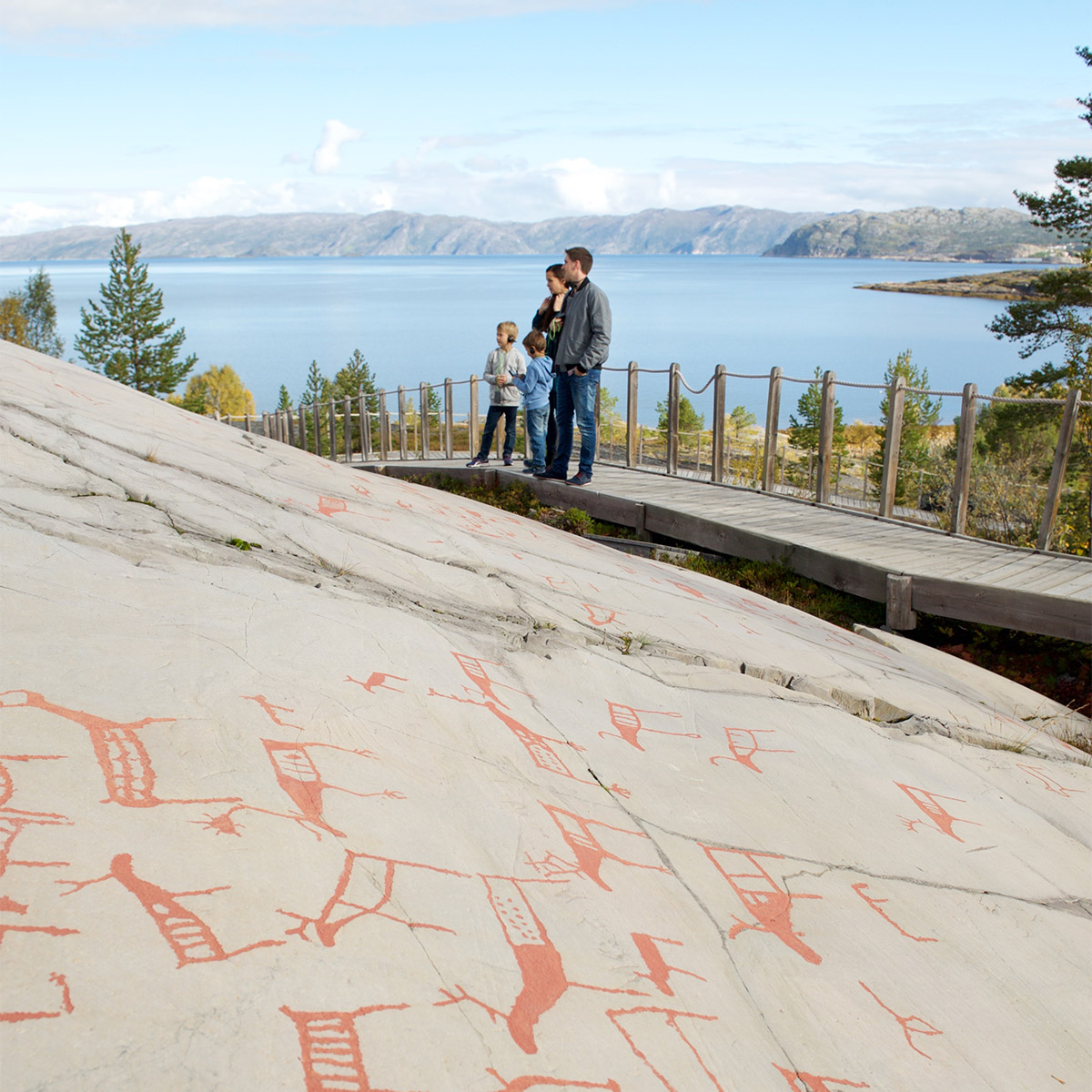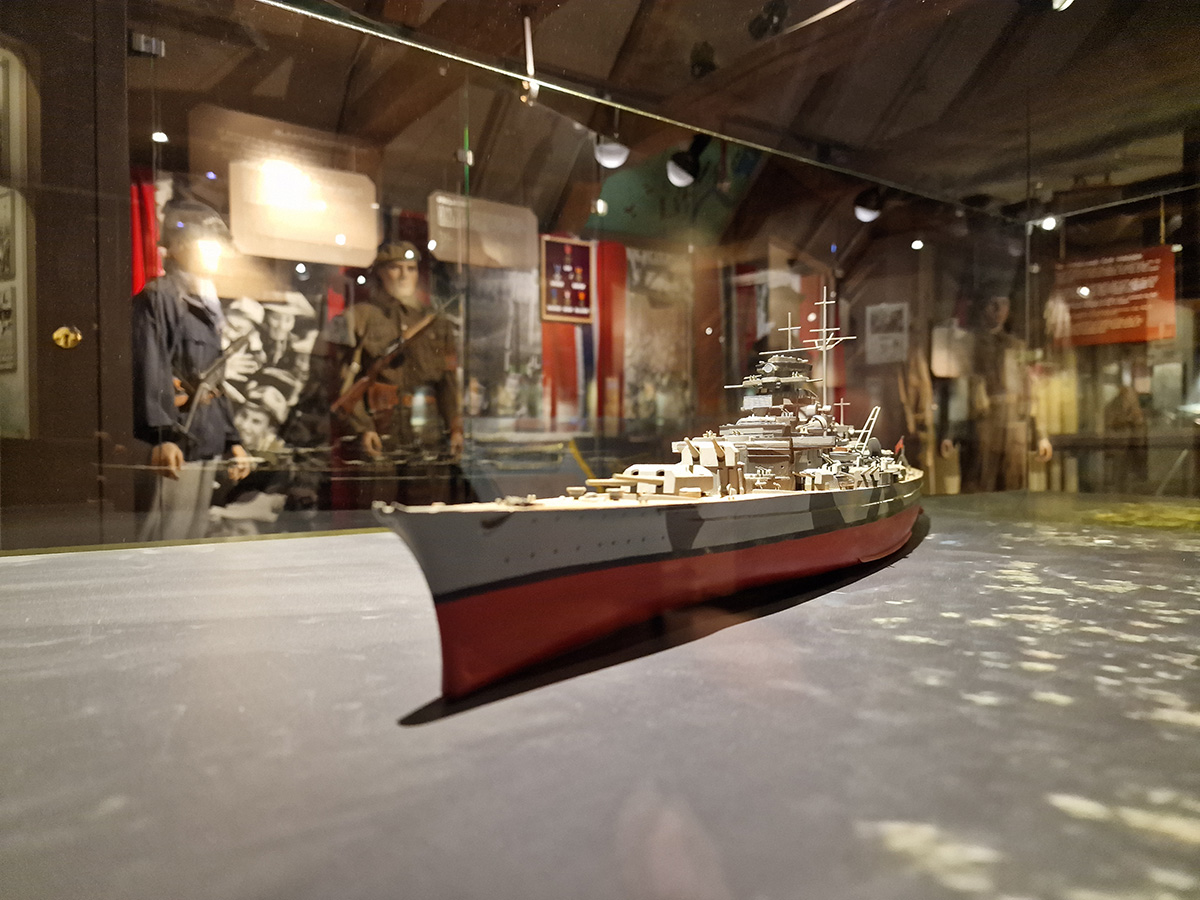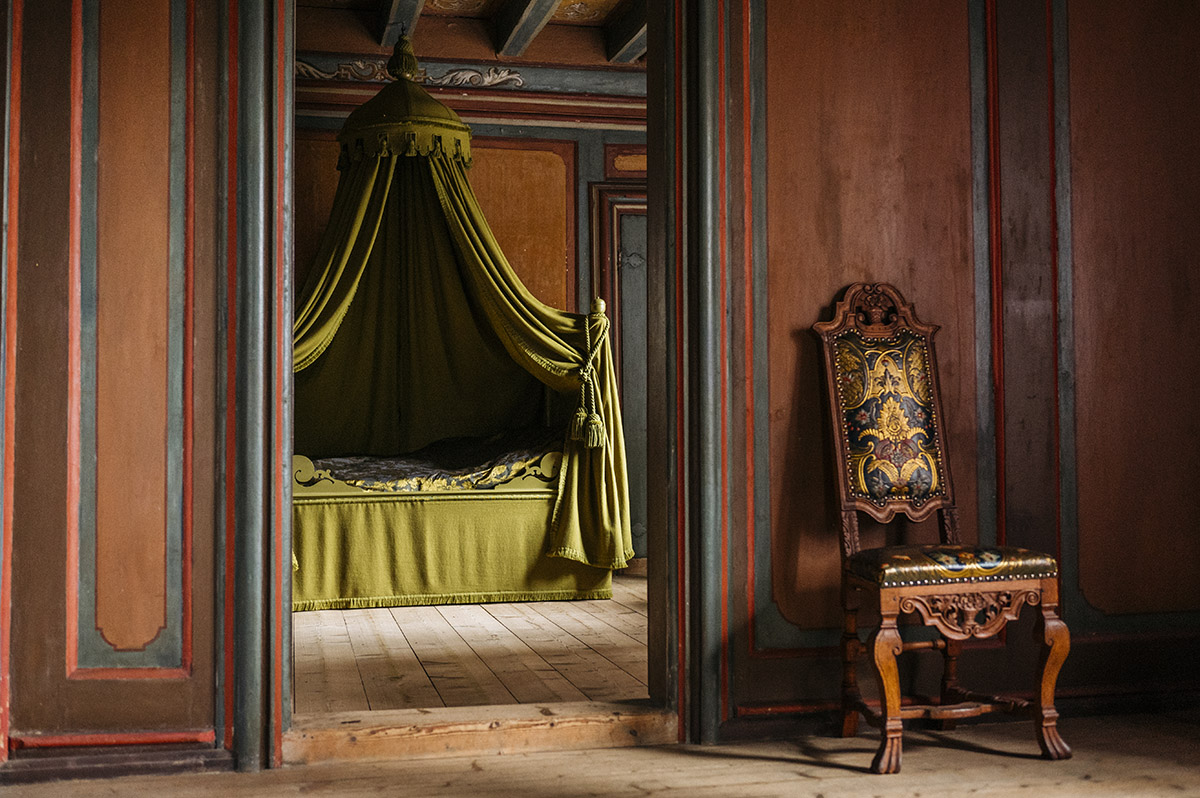J. F. Willumsen: An artist ahead of his time
Text: Louise Older Steffensen
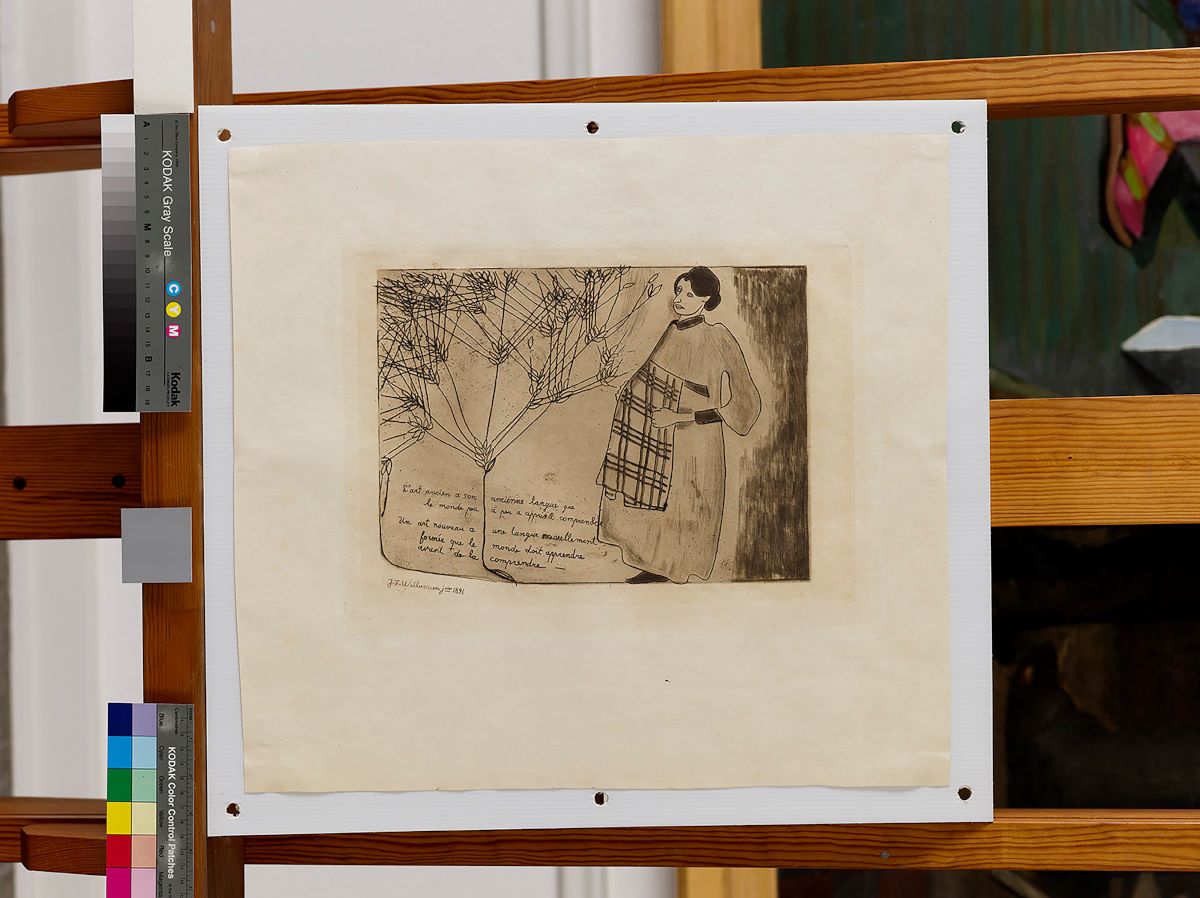
Jens Ferdinand Willumsen created a huge collection of expressionist paintings, sculptures and other artworks in his 70-year-long career, spanning the late 1880s to the 1950s. He was exhibited throughout Denmark, was co-founder of Denmark’s oldest association of artists, and caused a stir on the Scandinavian art scene. And yet, it was only after a drawn-out, hard-fought struggle that the municipality of Frederikssund accepted the donation of his life’s works in exchange for a museum in his honour. Today, the J. F. Willumsen Museum attracts visitors from across the world.
Throughout his life, Willumsen marched to the beat of his own drum. Although he was an important and well-known artist, he struggled with acceptance in Denmark and felt misunderstood throughout his career; a feeling hardly made better by his long struggle to be recognised with a museum. Finally, in 1957, his wish was granted, and the construction of the J. F. Willumsen Museum was given the green light in Frederikssund, 40 minutes by train from Copenhagen. The artist passed away a year later but his extensive art collection, featuring 7,000 objects, is still thriving and the museum’s visitor numbers increase every year.
The permanent exhibition Willumsen’s World explores the artist’s place in his own and our time. “Willumsen’s work seems very contemporary,” says museum curator Louise Bugge Jacobsen. “The collection is so extensive that there’s always a new angle to approach him from.” His colourful style is unique and experimental, but it was firmly built upon his own interest in art history: apart from his own works, his The Old Collection features 2,000 works by others. “I think in order to really get a reaction from the established art world, you have to understand the legacy that you’re building upon and challenging,” Bugge Jacobsen explains. Willumsen certainly got a reaction – his 1891 edging, Fertility, caused a scandal back in Denmark.
He subsequently moved to France, where Paris and the southern lights and colours inspired his bold but sensitive interpretations of the world. “Willumsen is probably most closely associated with the 20th century’s expressionism, where conveying the emotions and atmosphere of a situation is more important than replicating the true details of the scene. His expressionism was anything but fast and careless, though: he had a well-studied and meticulous approach to each artwork, as evidenced by the massive amount of sketches and scribbles we possess at the museum.”
From Classical to Queer
The museum’s new temporary exhibition, From Classical to Queer, explores Willumsen’s norm-breaking style through the lens of modern-day queer culture. “The word ‘queer’ originally denoted anything odd – that which challenged the status quo,” Bugge Jacobsen explains. “It came to apply specifically to expressions and sexualities that did not adhere to the heterosexual ‘norm’ that still structures society today, and used to be used as a derogatory term. We set up Willumsen in the context of this queer tradition in conjunction with young contemporary artists not to claim that Willumsen should be considered queer, but to illuminate how his artistic process and choices operated in a fluid and anti-categoric manner. In different ways, all these artists take up gender and explore the tension between notions of the classical and the queer.”
Willumsen’s depictions of women in particular challenged peoples’ preconceptions about gender. “Willumsen is famed for his depictions of strong women. He was married three times to younger women, and each became his muse, but they take centre-stage in many of his paintings and sculptures in an unusual way,” says Bugge Jacobsen. “They are far from dainty, fragile beauties. Instead, they’re portrayed forcefully, joyfully and often play between the feminine and masculine codex. I think his women still challenge viewers in some way today.”
Like Willumsen, most of the artists in the exhibition challenge conventional gender identities, making use of the body as a subject, and mirroring stylistic approaches and materials explored by Willumsen. “The exhibition benefits greatly from the diversity of the artists involved,” Bugge Jacobsen says. “They all play off one-another, shedding light on such things as the gendered ideals behind classic poses, for example, across painting, photography and sculpture, which we might otherwise take for granted.”
As with all their temporary exhibitions, the J. F. Willumsen Museum will put on a range of drawing lessons, presentations and lectures related to From Classical to Queer, some for the general public and others for school children. “Willumsen is a truly fascinating character, both personally and artistically, and perhaps more than ever,” Bugge Jacobsen concludes. “He can really challenge and illuminate our own perceptions of the world.”
Facebook: Willumsensmuseum Instagram: @jfwillumsensmuseumPROMO
Subscribe to Our Newsletter
Receive our monthly newsletter by email

